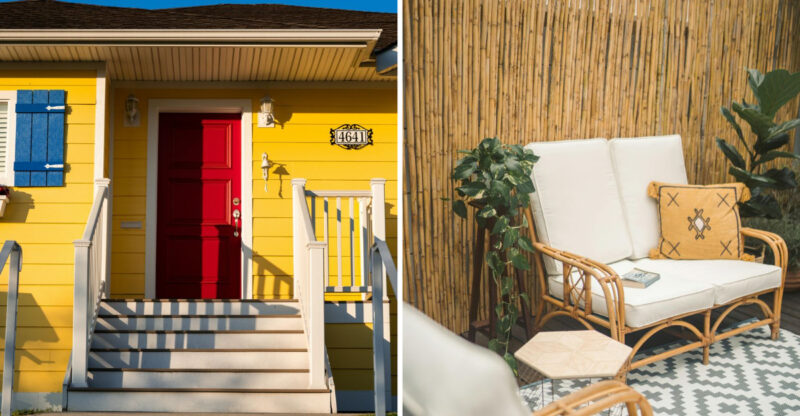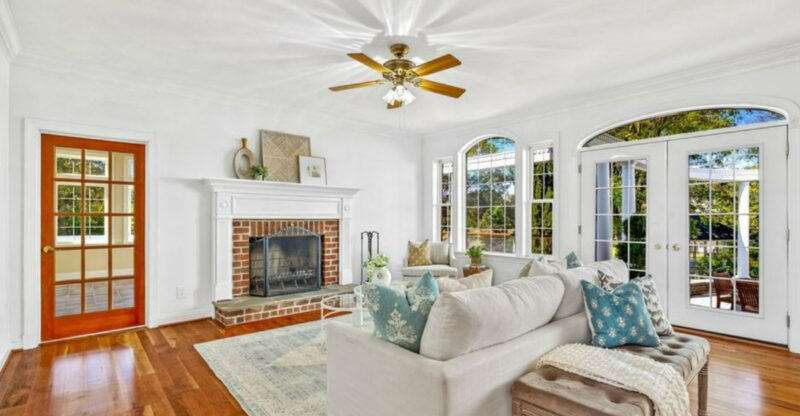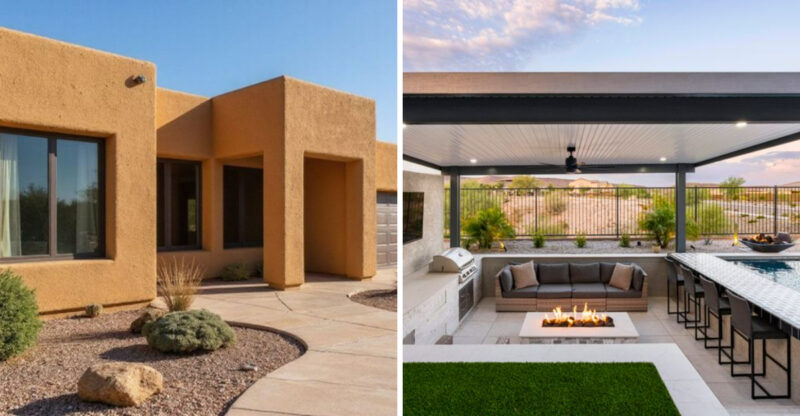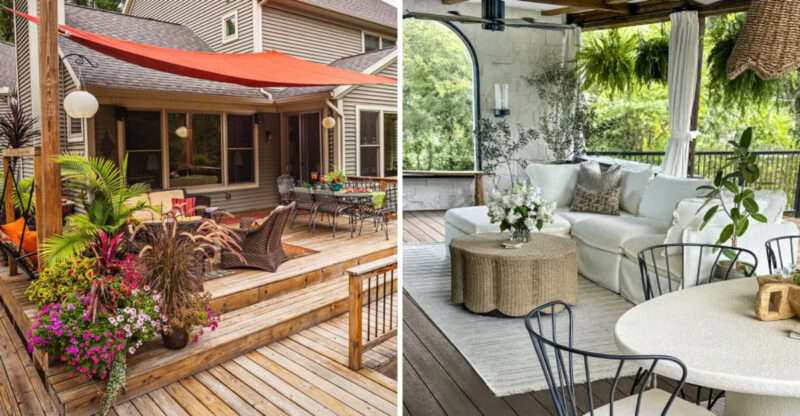US Homeowners Beware 17 Backyard Items That Might Be Forbidden In The Near Future
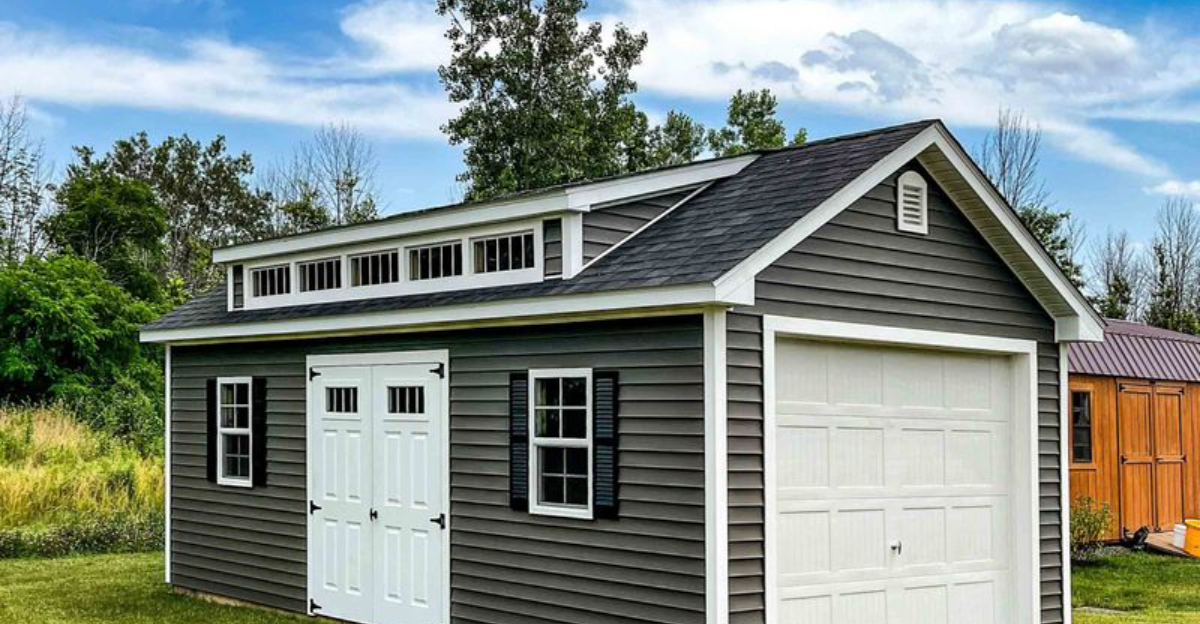
Your backyard sanctuary might soon face stricter regulations as local governments crack down on potential hazards and environmental concerns.
Many common backyard fixtures we take for granted are already under scrutiny in various municipalities across America.
Before you invest in these items for your outdoor space, consider that they might soon require special permits or face outright bans.
1. Above-ground pools without proper fencing
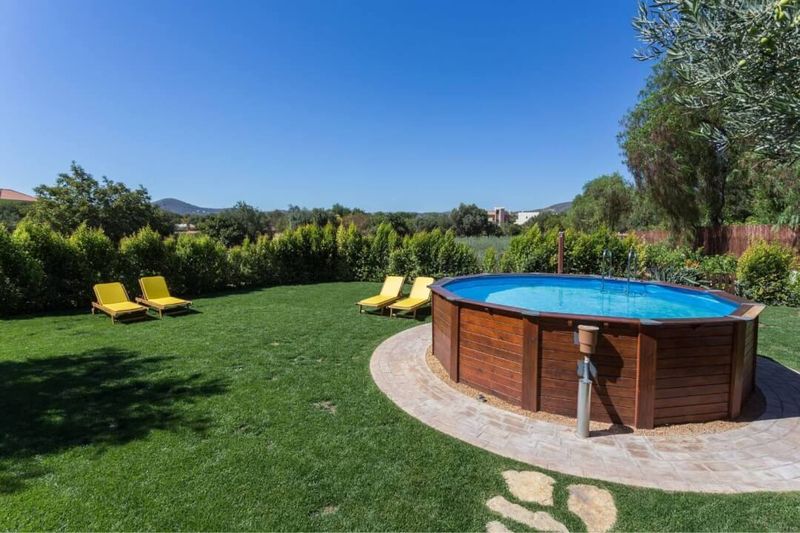
Unfenced pools pose serious drowning risks, especially for curious neighborhood children who might wander into your yard. Many counties already mandate safety barriers around in-ground pools, but regulations are expanding to include temporary and above-ground varieties too.
The typical requirement includes a 4-foot fence with self-closing, self-latching gates. Some jurisdictions are also requiring pool alarms that detect unexpected water movement. Without these safeguards, homeowners face increasing liability concerns.
If you already own an above-ground pool, check your local building codes they’re getting stricter each summer as drowning statistics prompt legislative action.
2. Unpermitted backyard ADUs or tiny homes
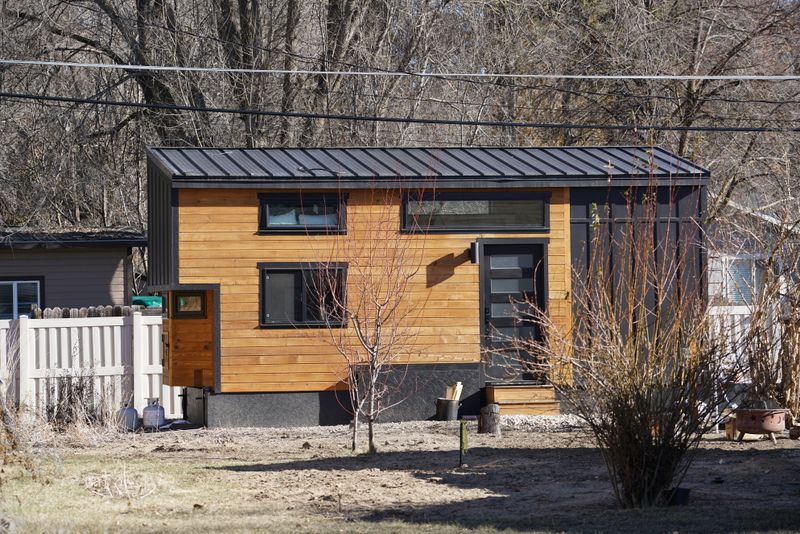
Those charming tiny houses or backyard cottages might seem like perfect guest quarters or rental income opportunities. However, many homeowners don’t realize these structures often require permits, inspections, and must meet specific building codes.
Housing shortages have prompted some cities to relax ADU (Accessory Dwelling Unit) regulations, but others are cracking down on unpermitted structures. Violations can result in hefty fines, mandatory removal, or difficulties when selling your property.
Before installing that cute prefab cottage or converting your shed into living space, check local zoning laws. Requirements typically include proper utilities, foundations, and minimum square footage standards.
3. Wood-burning fire pits without spark guards
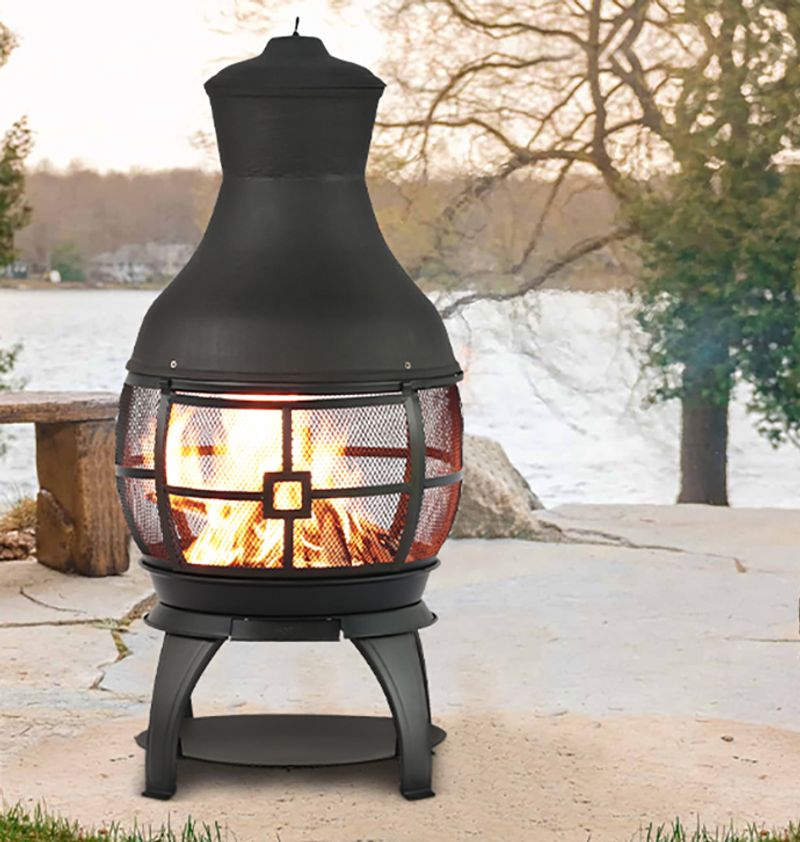
Cozy evening fires might become harder to enjoy as municipalities tighten regulations on open burning. Climate change concerns and increasing wildfire risks have put traditional wood-burning fire pits under scrutiny, especially those lacking proper spark arrestors.
Several counties in California and Colorado have already banned unprotected fire pits, with other states following suit. The trend points toward requiring mesh covers or spark guards that prevent embers from escaping and potentially causing property damage.
Some areas are going further by restricting burning during certain seasons or requiring permits for any backyard fire features. Gas-powered alternatives are becoming the only legal option in many fire-prone regions.
4. Backyard trampolines without safety nets
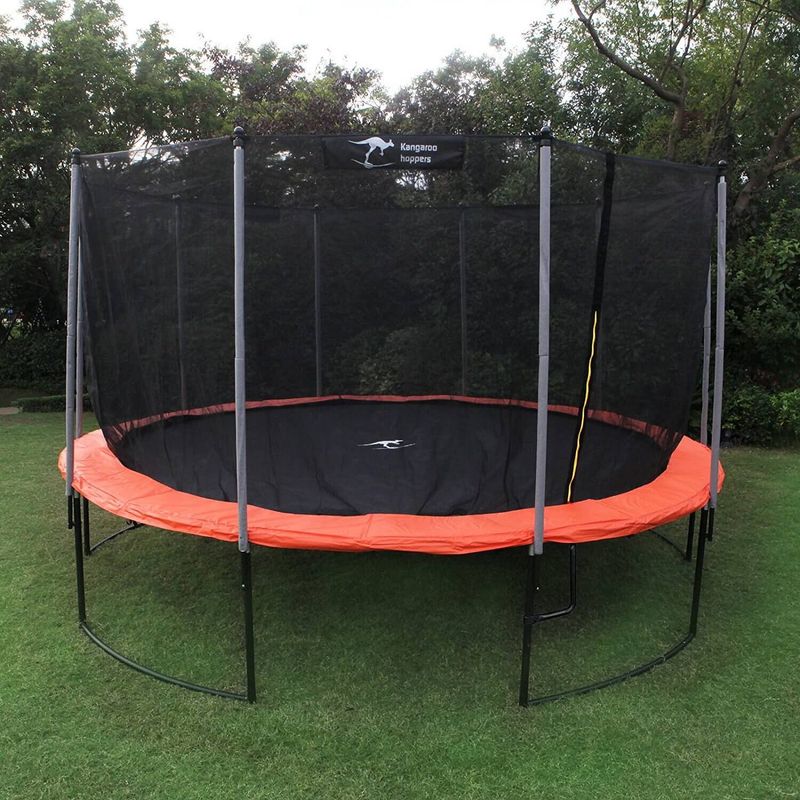
Trampolines rank among the most injury-prone backyard equipment, accounting for thousands of emergency room visits annually. Insurance companies have long considered them liability nightmares, often charging higher premiums or refusing coverage entirely.
Newer regulations are targeting trampolines without enclosure nets, padding over springs, and proper anchoring systems. Some homeowners associations have already banned them completely, citing both safety and aesthetic concerns.
If you own a trampoline, expect stricter rules regarding placement (away from fences or structures), mandatory safety features, and possibly even usage limits. The days of the bare-bones backyard trampoline are numbered as safety standards continue to tighten.
5. Portable hot tubs lacking GFCI protection
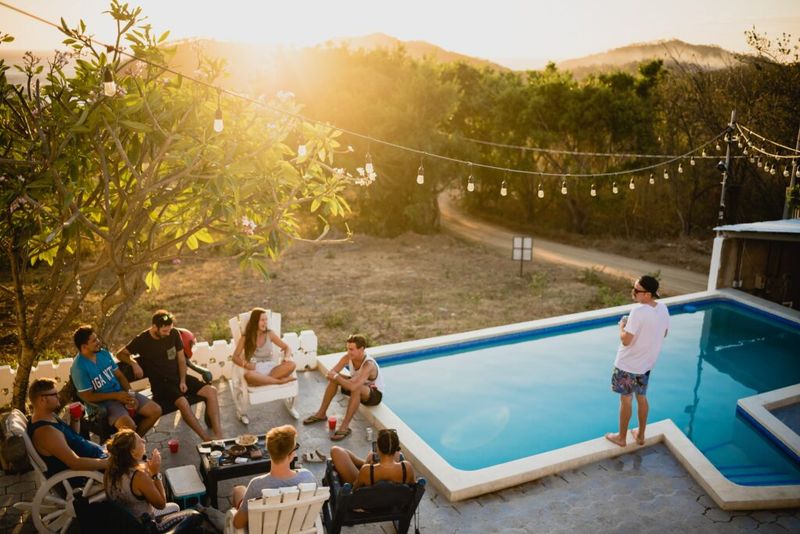
Hot tubs create a perfect storm of electrical and drowning hazards when improperly installed. Older models or DIY setups often lack crucial Ground Fault Circuit Interrupter (GFCI) protection, which prevents electrical shocks by shutting off power when detecting current leakage.
Updated electrical codes now mandate GFCI protection for all hot tubs and spas. Additionally, many jurisdictions are requiring proper covers that support weight and can be locked when not in use.
Beyond electrical concerns, water conservation measures in drought-prone areas are targeting recreational water features like hot tubs. Some communities now restrict filling or refilling during water shortages, making that spontaneous inflatable spa purchase less practical.
6. Artificial turf with PFAS chemicals
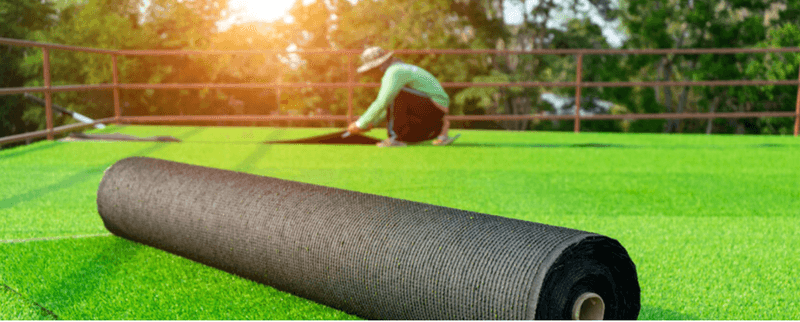
That perfect-looking synthetic lawn might contain a hidden danger PFAS (per- and polyfluoroalkyl substances), often called “forever chemicals” because they don’t break down in the environment. Health concerns about these chemicals have prompted several states to consider restrictions on certain types of artificial grass.
Environmental impacts are also driving regulatory changes. Synthetic turf can increase water runoff, contribute to heat islands, and reduce habitats for beneficial insects and soil organisms.
If you’re considering artificial turf, research is critical. Newer, PFAS-free options exist, but they’re typically more expensive. Some municipalities are already requiring permits for large artificial turf installations, with specifications about drainage and material composition.
7. Guerrilla beehives without permits
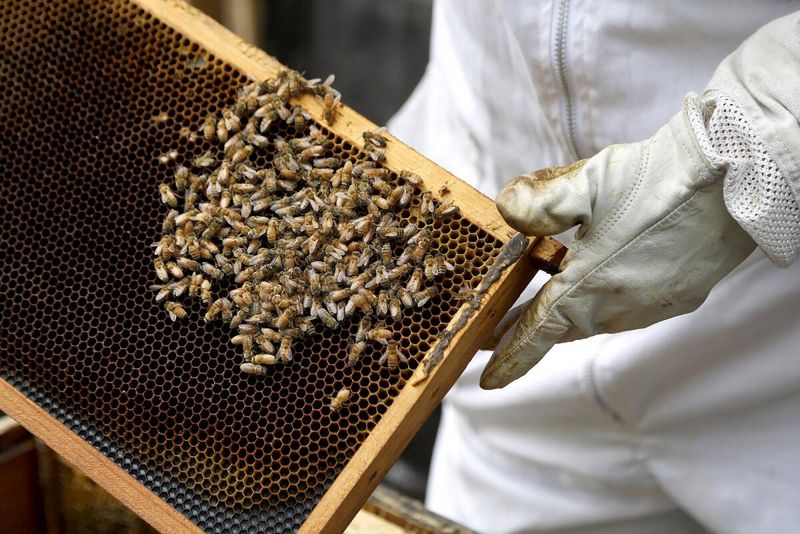
Backyard beekeeping has surged in popularity as people recognize the importance of pollinators. Unfortunately, many urban beekeepers set up hives without checking local regulations or notifying neighbors – a practice sometimes called “guerrilla beekeeping.”
Cities are responding with stricter ordinances that limit hive numbers, require minimum lot sizes, and mandate setbacks from property lines. Many now require beekeeping permits, formal training, and annual inspections to ensure proper management practices.
Without proper oversight, backyard beehives can create neighborhood conflicts and potentially spread diseases to wild bee populations. If you’re interested in beekeeping, check municipal codes first – the rules are evolving rapidly as this hobby grows in residential areas.
8. Satellite dishes in code-protected zones
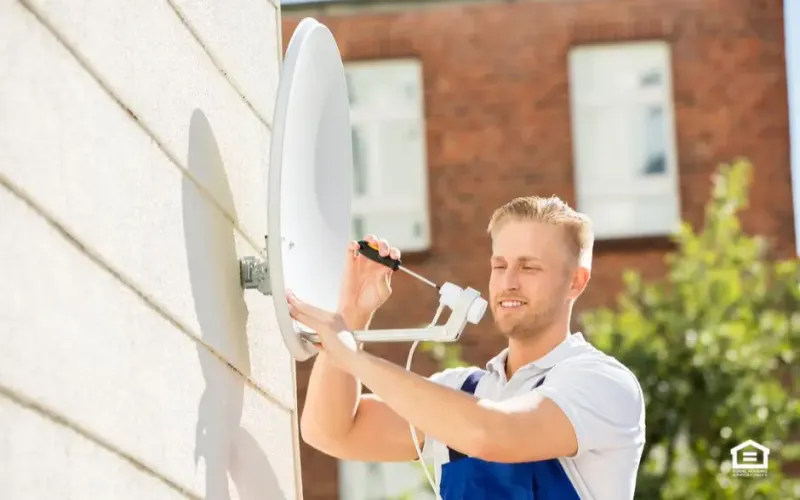
While the FCC protects your right to install satellite dishes under one meter in size, local governments are finding creative ways to restrict their placement in historic districts and aesthetically protected neighborhoods. Homeowners associations are particularly aggressive about limiting visible satellite equipment.
New regulations often require dishes to be installed in less visible locations or painted to match surroundings. Some communities mandate removal of unused dishes, which often remain attached to homes long after service ends.
As streaming services continue replacing traditional satellite TV, expect less protection for these devices. Future regulations may require professional installation to ensure proper mounting and grounding important safety considerations that DIY installations often overlook.
9. Climbing walls exceeding height limits
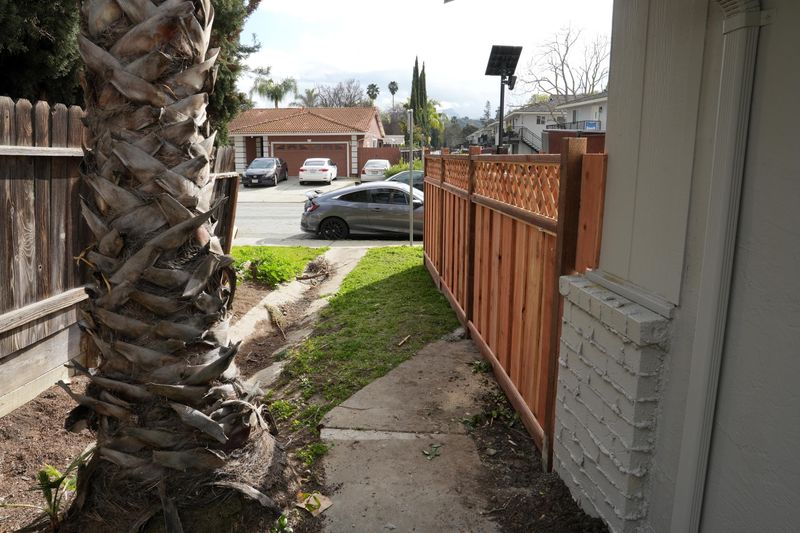
Home rock climbing walls have gained popularity during the pandemic as fitness enthusiasts brought gym activities home. Many homeowners don’t realize these structures typically fall under accessory structure regulations with strict height limitations usually 10-15 feet in residential areas.
Taller climbing walls may require building permits, engineered plans, and safety inspections. Insurance companies are also taking notice, sometimes requiring additional liability coverage or refusing to cover injuries related to these features.
Neighborhood complaints about privacy (climbers can often see into adjacent yards) and aesthetics are driving new restrictions. If you’re planning a backyard climbing wall, expect increased scrutiny regarding height, placement relative to property lines, and safety features like proper fall zones.
10. Backyard roller rinks or asphalt courts

Impermeable surfaces like concrete pads, asphalt courts, and roller rinks significantly impact stormwater management. Many municipalities now limit the percentage of lot coverage with non-porous materials to prevent flooding and protect watershed health.
Environmental concerns have prompted stricter regulations on backyard courts and rinks, especially in areas with water quality issues. Some jurisdictions now require expensive drainage systems or permeable alternatives that allow water to filter through rather than run off.
Beyond environmental issues, noise complaints from neighbors have led to usage restrictions for backyard recreational areas. If you’re planning a sports court or skating area, research local impervious surface limits and consider permeable pavers or other eco-friendly alternatives.
11. Rainwater barrels near property lines
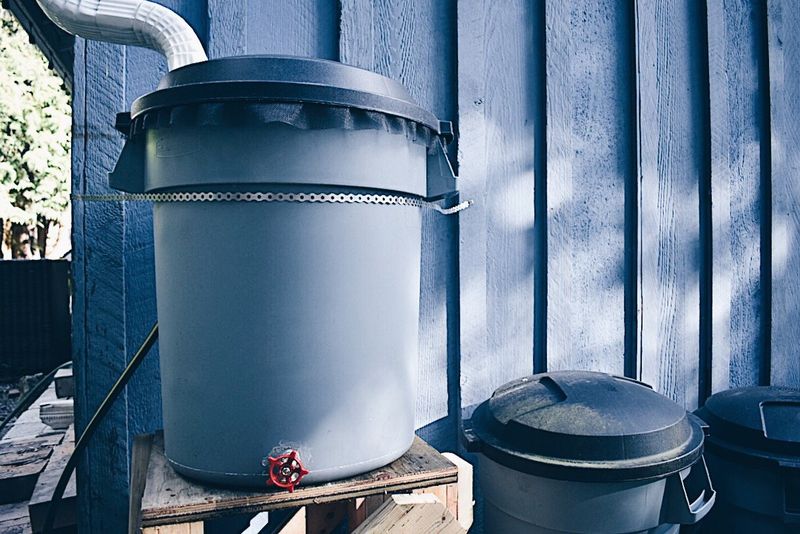
Collecting rainwater seems environmentally responsible, but improper barrel placement can create problems. Overflowing or leaking barrels near property lines may damage neighboring foundations or create breeding grounds for mosquitoes.
New regulations are addressing these concerns by specifying minimum distances from property lines, requiring secure covers to prevent drowning hazards and insect breeding, and mandating overflow systems that direct excess water away from structures. Some areas even limit collection capacity per household.
While most places encourage rainwater harvesting, the days of haphazard barrel placement are ending. Future requirements might include permits for larger systems and regular inspections to ensure proper maintenance especially in areas where mosquito-borne illnesses are common.
12. Uncovered wood piles (fire hazard)
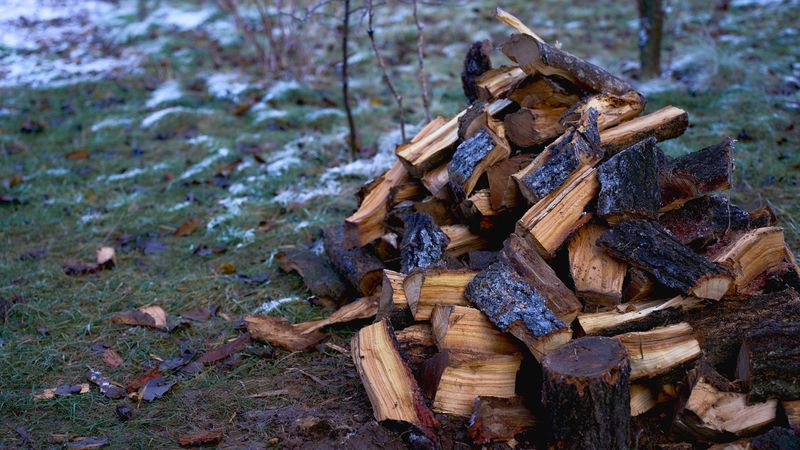
That stack of firewood against your fence might seem harmless, but it creates multiple hazards that are drawing regulatory attention. Uncovered wood piles near structures increase fire risks by providing ready fuel and can harbor pests like termites, carpenter ants, and rodents.
Fire-prone communities are implementing distance requirements that keep wood stacks at least 30 feet from structures. Some are mandating covers to keep wood dry and reduce pest infestation.
Beyond safety concerns, aesthetic considerations are driving new rules about wood pile visibility from streets and neighboring properties. If you heat with wood, expect new regulations about maximum pile size, covering requirements, and placement restrictions especially in wildland-urban interface zones.
13. Propane tanks stored improperly
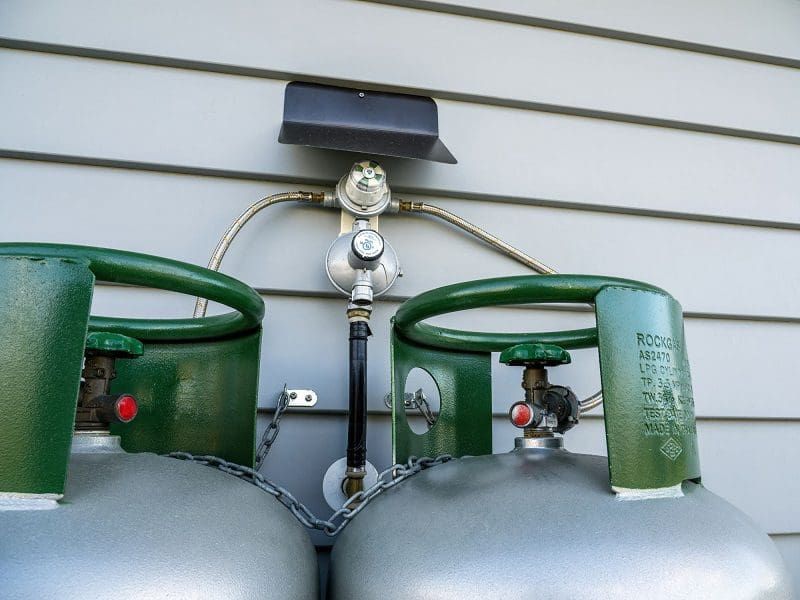
Those spare propane tanks for your grill might violate safety codes if stored incorrectly. Many homeowners keep multiple tanks in enclosed spaces or too close to their homes, creating explosion risks during fires.
Updated fire codes specify that propane tanks must be stored outdoors, away from ignition sources, and with protective caps in place. Some jurisdictions limit the number of tanks per residence and mandate minimum distances from buildings, windows, and property lines.
Enforcement of these regulations is increasing as fire departments respond to more propane-related incidents. If you use propane for grilling or heating, check local fire codes they typically require tanks to be stored upright, in well-ventilated areas, and protected from extreme temperatures.
14. Unshielded floodlights angled at neighbors
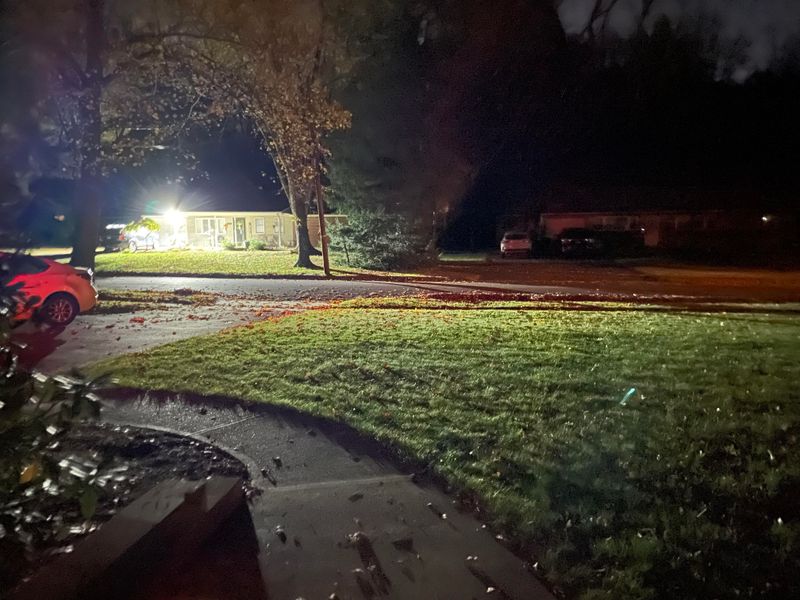
Light pollution regulations are gaining momentum nationwide, with many communities adopting “dark sky” ordinances that restrict outdoor lighting. Bright, unshielded floodlights that spill onto neighboring properties are primary targets for these new rules.
Modern regulations typically require downward-facing fixtures, motion sensors instead of constant illumination, and shielding that prevents light from crossing property boundaries. Some areas even specify maximum brightness levels and color temperatures, preferring warmer lights that cause less glare.
If your outdoor security setup includes bright floodlights, prepare for potential restrictions. The trend is moving toward “good neighbor” lighting that provides security without creating nuisance glare for adjacent properties or contributing to night sky pollution.
15. Work sheds built over utility easements
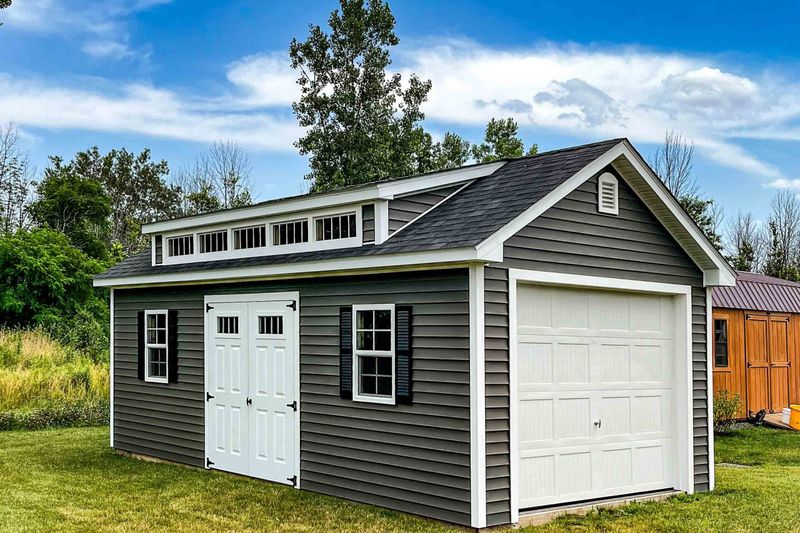
Utility easements might be invisible on your property, but building structures over them can create serious legal headaches. Many homeowners place sheds, workshops, or storage buildings without checking easement locations, only to face removal orders when utilities need access.
Municipalities are becoming stricter about enforcing these access zones, which typically run along property lines or through backyards. Some are requiring surveys before issuing permits for any accessory structures to verify they won’t encroach on easements.
Beyond utility concerns, improperly placed sheds often violate setback requirements from property lines. If you’re planning a backyard workshop or storage building, check your property survey and local zoning codes first removing a misplaced structure can be far more expensive than proper planning.
16. Floating pools in wetlands or buffer zones
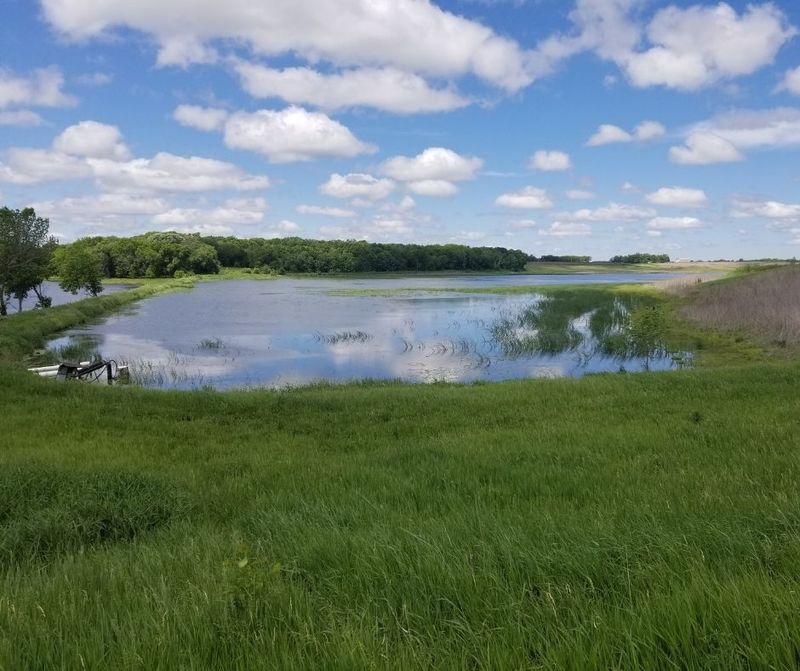
Wetland protection regulations are expanding to include previously unregulated areas, affecting properties with seasonal water features or drainage areas. Portable pools, floating docks, or platforms placed in these sensitive zones are facing increasing restrictions.
Environmental agencies are identifying more areas as protected wetlands or buffer zones where recreational structures are prohibited. Even temporary or inflatable pools can damage fragile ecosystems and alter natural drainage patterns.
If your property includes low-lying areas that hold water seasonally, check with local environmental authorities before installing any recreational features. Violations can result in substantial fines and restoration requirements. The trend is clearly toward stronger protection of even small wetland areas on private property.
17. Decorative generators without enclosures
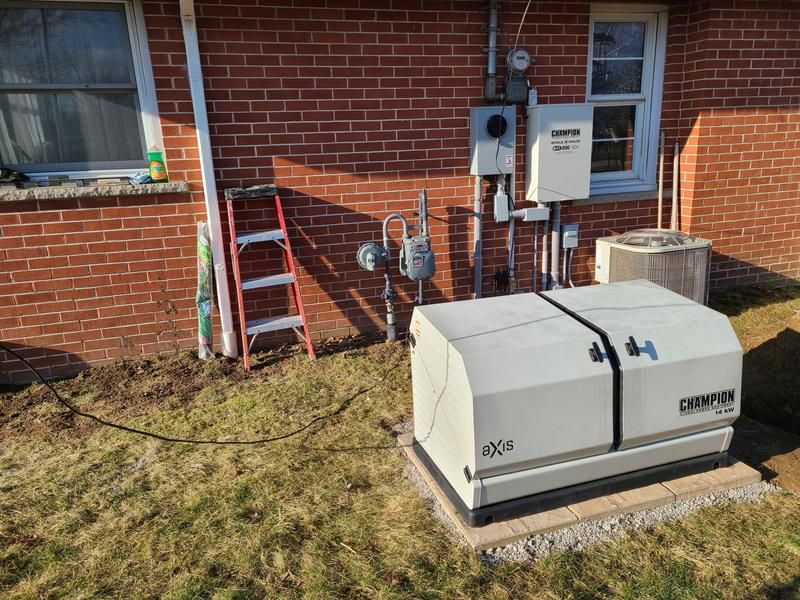
Backup power has become essential for many homeowners, but unenclosed generators create noise pollution and potential carbon monoxide hazards. Municipalities are responding with stricter regulations about generator placement, noise levels, and protective enclosures.
Newer ordinances typically specify minimum distances from windows, doors, and property lines. Some require sound-dampening enclosures that reduce noise to specific decibel levels at property boundaries.
Beyond safety and noise concerns, aesthetic considerations are driving requirements for screening or landscaping around generators. If you’re considering a backup power system, research local regulations first – the days of simply placing a generator anywhere in your yard are ending as these appliances become more common in residential areas.


